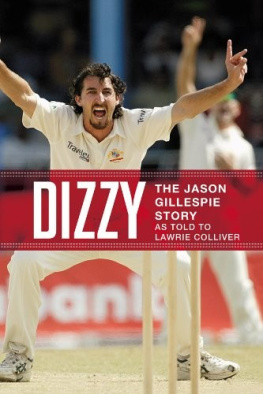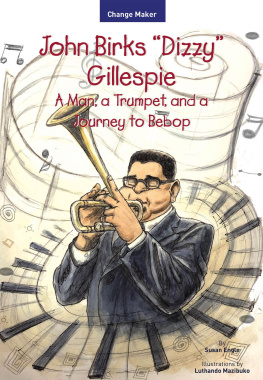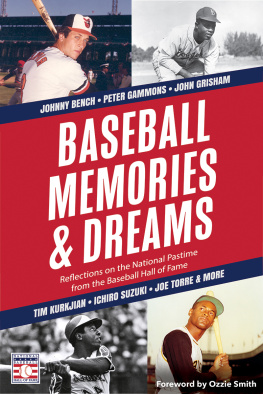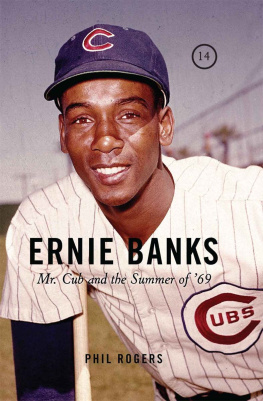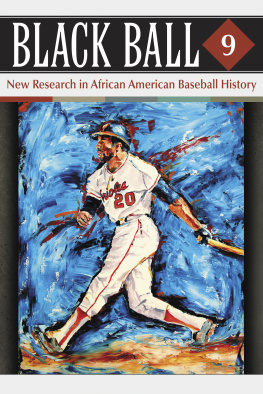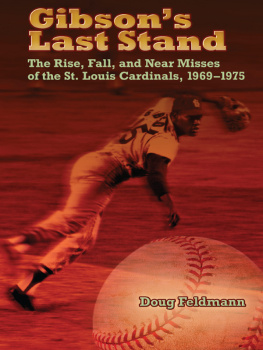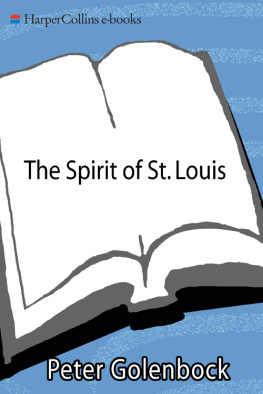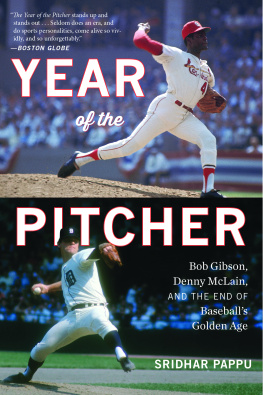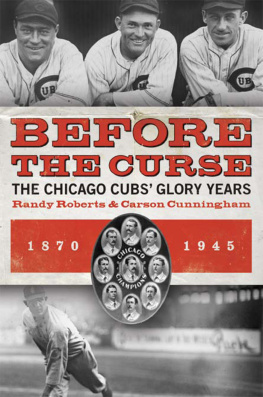About the Author
For more than 35 years, author/historian Phil S. Dixon has recorded African American baseball with a vast array of creativity and historical accuracy. He has written numerous books on baseball and is highly regarded for his expertise on baseball history. He won the prestigious Casey Award for the Best Baseball Book of 1992 and later received the SABR (Society for American Baseball Research) MacMillan Award for his excellence as a researcher, along with a host of other honors and awards. His contributions to baseball can be found on the backs of baseball cards, in award-winning books, and in nationally recognized documentaries. He has appeared on PBSs History Detectives, C-SPAN, BET, Fox Sports, National Public Radio, the Canadian Broadcasting System, SiriusXM Radio, and other national broadcast media.
Dixon served as an inner-city baseball coach for more than 25 years and an advisor to Kansas Citys RBI (Reviving Baseball in Inner Cities) youth baseball program. He is a cofounder and current board member for the Negro Leagues Baseball Museum in Kansas City, where he serves on its advisory board. In professional sports, Dixon formerly worked in the public relations office of the American League Kansas City Royalshe is a walking encyclopedia of baseball history, in general, and is most knowledgeable about African Americans in baseball. In addition to these activities, he is an excellent speaker who routinely give presentations at colleges, universities, civic events, corporations, and educational activities.
Dixon is a prolific speaker on the history of the Negro Leagues and Negro baseball. In January 2014, he began a tour of 200 cities and towns where the once-famous Kansas City Monarchs and other African American teams and players barnstormed. His goal was to spread goodwill and improve racial relationships through baseball history in the places where it actually occurred. The tour visited 17 states, as well as an international visit to Saskatchewan, Canada, and ended in 2018. Uniquely, Dixon refused to fly during his travels in honor of the fact that African Americans did not fly during the Negro League barnstorming. He is featured in two award-winning documentaries: First Boys of Spring, released in 2015, and Kansas Town Teams, Bigger Than Baseball, released in 2016. Dixon is a graduate of the University of Missouri at Kansas City, and lives outside of Kansas City, Missouri, with his wife, Dr. Kerry Dixon, and children.
Acknowledgments
Much of the grunt work for this publication was completed between 1989 and 2000. There are benefits to not having deadlines; this book undoubtedly benefited from this limit on freedom called a deadline. Between those years, many books were published with tidbits of information about Dizzy and Daffys 1934 tour, but important details, interviews, and an overall understanding of how the institution of racism was executed in American media, along with a general lack of U.S. racial culture, was often missing from their text. In other cases, these writers were far too unprepared to corroborate the pain and suffering of African American males in a society where second-class citizenship proliferated. Most of these authors did not relate well to the mistreatment and daily denial of full participation in the American dream. These mistakes and oversights had tragic implications in telling the story of the Deans barnstorming tour. For this reason, I decided the time had come to get this story told, to give a voice to the African American athletes who played against Dizzy and Daffy, while exposing the media. We also needed to hear more of the brothers own voices, not statements produced exclusively by writers in the media. We were careful not to make the writers past mistakes our mistake. There were many who were not only ready, but also willing to help with the research.
This work was enhanced greatly by personal interviews and important friendships acquired through a lifetime in sports research. Leon Day; Newt Allen; Chet Brewer; Clint Thomas; James Cool Papa Bell; Bennie Charleston, Oscar Charlestons brother; and Mike Red Berry, a former Kansas City Monarchs pitcher, contributed. T. J. Youngs brother, Mauricewho played with the 1927 Monarchs, and their sister, Ann Wardhelped this publication to look and feel different than any other book written on the topic. As a unit, they provided stories about their teams, hometowns, and families, and articulated the isolation of living in a world of discrimination. As descendents of former slaves, many had come from communities where local politicians ignored their plight. Most lived in the Black Belt of the major cities, where raw sewage spread pathogens and generated toxic conditions that were as repulsive to see as they were to smell. In these communities, poverty and racial division were overt. There were talented individuals in these diverse places who couldnt realize their worth, especially in professional baseball. This, however, never stopped them from pursuing their passion in Americas great national pastime. Together we tried to make sense of a period in history that was often backward and discriminatory. I can still hear the pride in their voices, guiding and encouraging me to continue my work.
Other stories in this publication were given by people who never played baseball but were as much a part of the game as any fan. Frank Duncans widow, Bernice; Newt Allens widow, Mary; Eddie Dwights widow, Georgia; Newt Josephs widow, Beatrice Joseph Garner; and Vic Harriss widow, Dorothy, embraced my work and nurtured me like a loving son. I was given similar treatment by the children and other family members of these former players.
Wilber Bullet Rogans son Wilber Jr. (aka Little Bullet) helped tremendously with his firsthand accounts of his father. I will never forget our many conversations in his South Kansas City home as he reminisced about traveling with his father as a Monarchs batboy. The same is true of Frank Duncan Jr., on his father, Frank Duncan Sr., and his mother, Julia Lee. Gladys Catron, J. L. Wilkinsons daughter, conversed with me often from her antique store in St. Joseph, Missouri. Harriett Wickstrom, the daughter of Tom Baird, reminisced with me often from her home in Kansas City, Kansas. She spoke well in her parents memory and added important details on Dizzy and Daffy verbally handed down by her dad. Floyd Baird, Tom Bairds brother, also embraced me and my work. Bill Beverly supplied valuable information on his relative, the great lefty Charlie Beverly. I am forever indebted to them all.
During the early 1980s, area semiprofessional teams had reunions at the Eagles Hall in Kansas City, Kansas. I was fortunate to speak with Andy Yurchak about his brother Leo during one of my visits. Leo was a Dean All-Star. Dorsey Moulder, who was unable to talk when I met him in his apartment off the Country Club Plaza in Kansas City, provided his interview in written notes. He was loaded with information about his time with Ray L. Doans House of David team; his minor-league play; and games played against the Monarchs, with and without the Deans.
For almost 40 years I remained on the hunt for information, which I often found in the library. Professionals in libraries and historical societies from Oklahoma City to Brooklyn, New York, provided newspaper sources and photographs so important to this project. They were my teammates in helping to portray this information as it appeared regionally. Thanks to David Cox, interlibrary loan team leader at the Kansas City Public Library, for acquiring many of the newspapers quoted in this text. Kathy Lafferty, copy services manager/reference at the Spencer Research Library in Lawrence, Kansas, provided photographs from the Tom Baird collection. I wish to thank the UCLA Library Special Collections for the beautiful picture of Satchel Paige, which came from the


